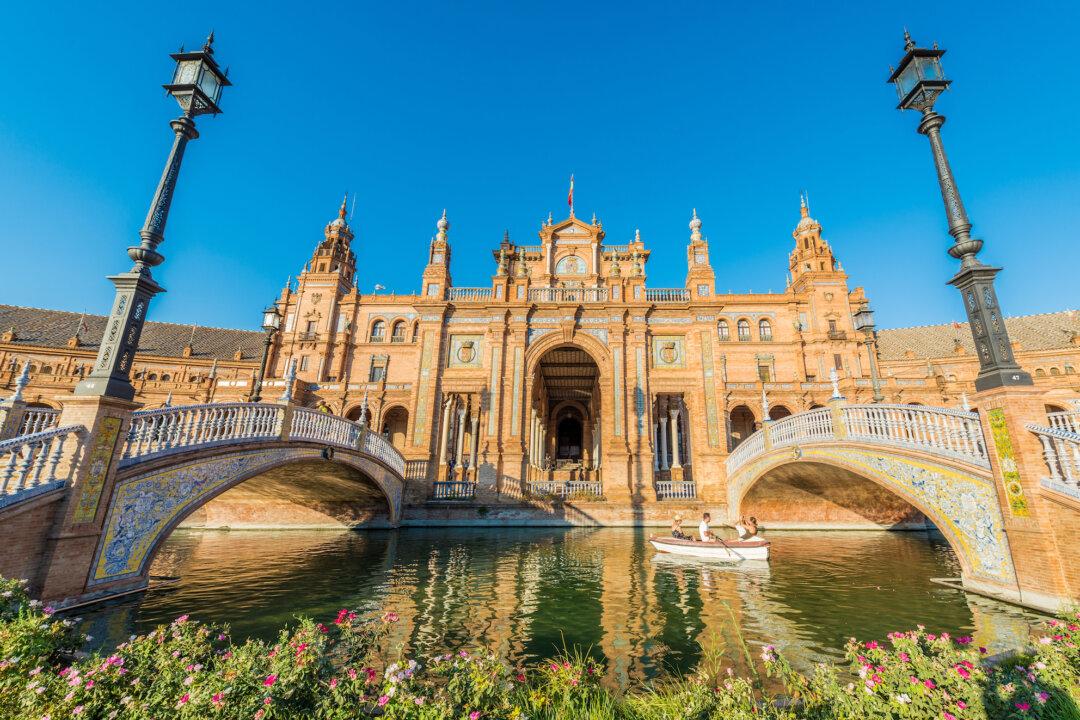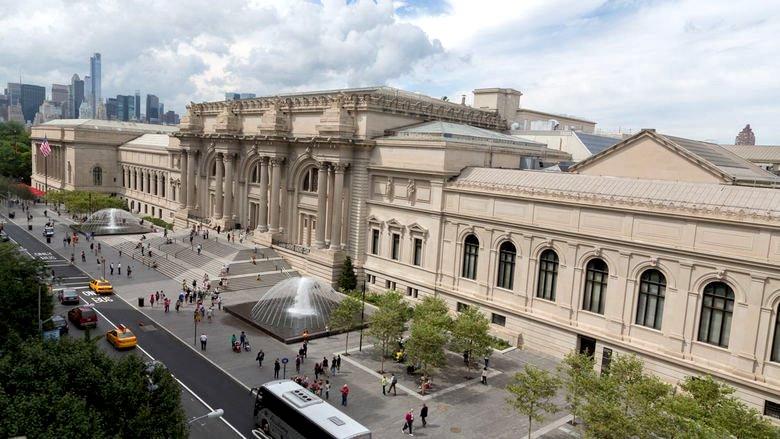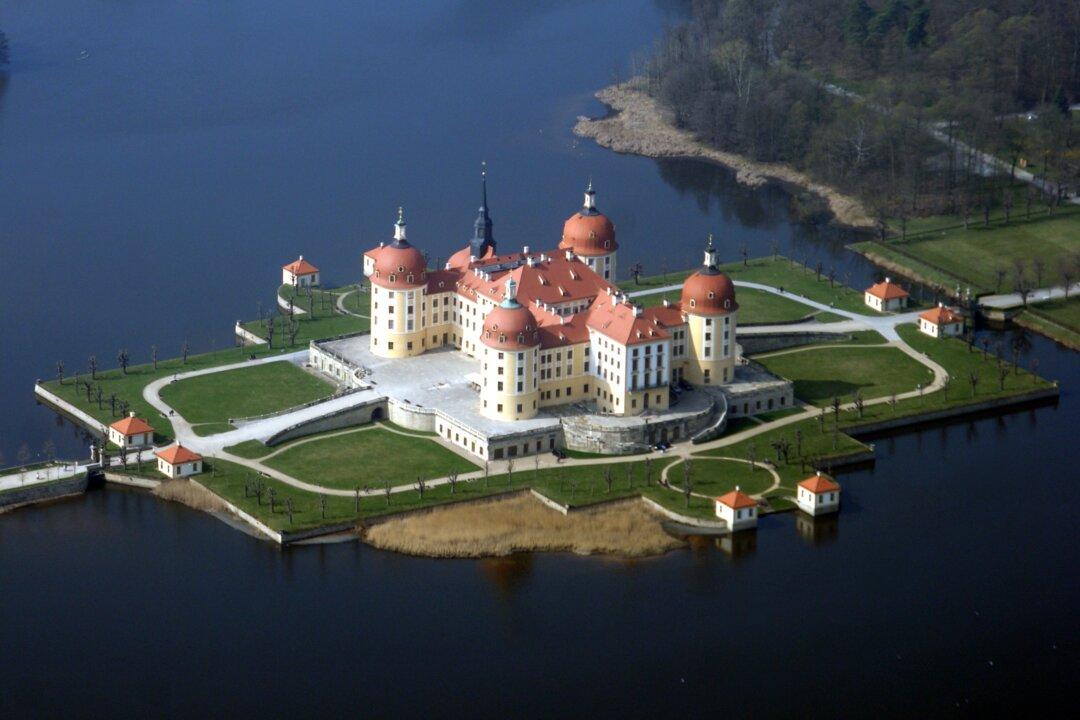Spain is a desirable country to visit, not least because it boasts an average of nearly 3,000 hours of sunshine per year. Not only is it a budget-friendly destination, but the summers are dry without being humid and the winters are not off-the-charts freezing.
Spain has done a good job of preserving its traditions in modern times and retains a nice balance of new and old, which I found to be a heart-warming experience. The older generation still dress like ladies and gentlemen when they are out in public, not having succumbed to the leisure-wear culture. And the graciousness with which you are greeted at any restaurant, bar, or café is genuine.





